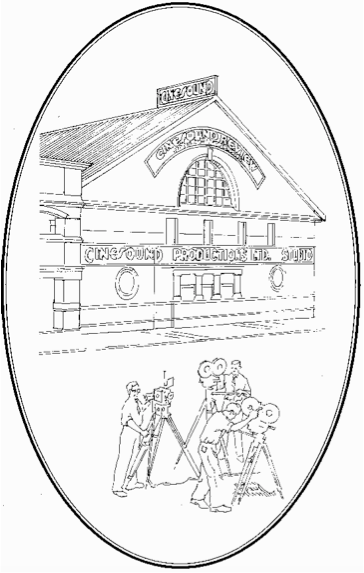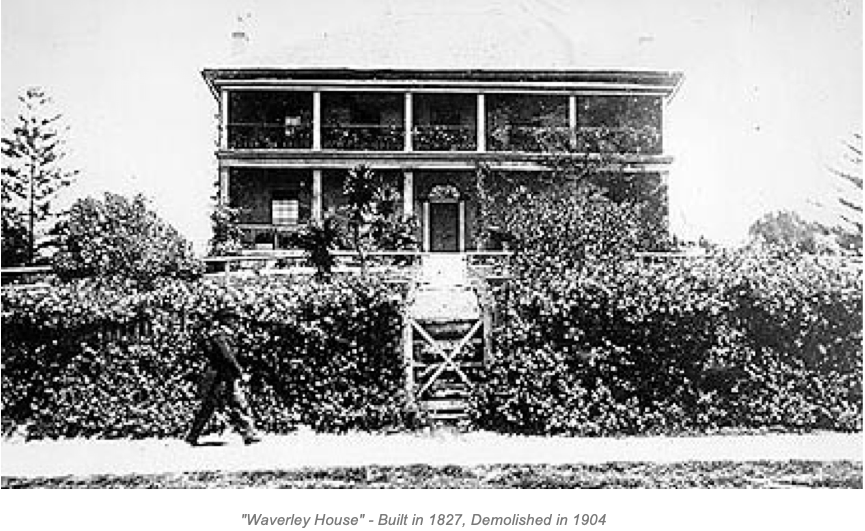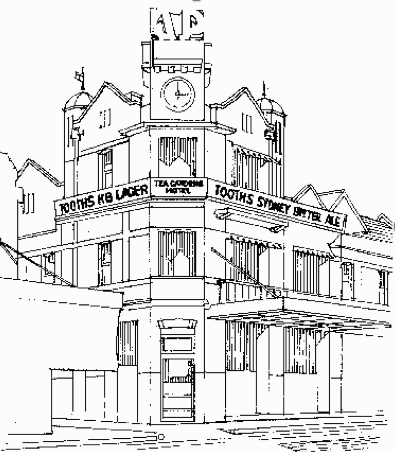- Home Home
-
Residents
Residents
- Waste & recycling Bins, clean-ups and disposing of tricky household items
- Parking Permits, car parks, maps and safety
- Your trees, plants & garden Tree care and maintenance on private property
- Neighbourhood issues Graffiti management, safety, noise and disturbance, aba...
- Pets Dog and cat ownership, lost animals and off-leash parks
- Precinct committees Your local connection to Council
- Waverley LGA Maps Maps of the environment, planning zones and more
- Payments Rates, online certificates and information on paying fi...
-
Community
Community
- Over 55s Services and programs for people over 55
- Children, youth & family services Child care, youth programs, kids activities and events,...
- Cultural diversity Cultural diversity policy, services including interpret...
- Disability inclusion Services and support for people with a disability
- Housing & homelessness Affordable Housing Program, homelessness and support
- Volunteering & Neighbourhood Projects Connecting locals with community projects
- Awards & Grants Apply for a community grant, financial support for comm...
- Community Profile Waverley Demographic Profile and Social Atlas
-
Business
Business
- Resources for Business Events, grants and support
- Regulations & permits Information on regulations, permits and licences for bu...
- Sustainable business Waverley Council encourages businesses to reduce waste,...
- Commercial waste & recycling services Tailored waste services for business
- Procurement Submitting tenders & expressions of interest to Council
- Innovation Roadmap 2025 to support business
- Tourism Home to Australia's most famous beach.
- Sponsorship Support local events
-
Recreation
Recreation
- Events Find out what’s on in your area. This is your guide to ...
- Places of interest Places of interest in Waverley, including local walks
- Visitors Information for visitors to the Waverley area, getting ...
- Beaches & coast Information on our beaches and coastline, Bondi, Tamara...
- Parks Parks and open spaces around Waverley, playgrounds, use...
- Arts & culture Arts programs, Artist in Residence, Waverley Art Prize,...
- Sports fields & outdoor court Sports venues and facilities, use of public open space
- Venue hire Information on Council owned and managed venues for hir...
-
Environment
Environment
- Making sustainability ‘second nature’ Join local community activities and events
- Public tree management Street Tree Masterplan and planting zones
- Networks & Support Find resources, programs and networks supporting enviro...
- Water & coast Water conservation and quality, our coastline, projects
- Bushland & wildlife Natural landscape of Waverley, bushland management, nat...
- Sustainable transport Public transport, cycling, transport projects and polic...
- Responding to Climate Change & Energy Emissions Emissions, resilience and circular economy
-
Planning & Development
Planning & Development
- Development Applications The DA process, key documents & community consultation
- DA Tracking Tool Search a Development Application by number or date
- Application forms & certificates Includes Construction and Occupation Certificates
- Waverley Local Planning Panel (WLPP) DA determination panel
- Compliance & regulations Including fire safety, waste & environmental health
- Heritage & design Conservation Areas, Design Excellence and Awards
- Strategic Urban Planning Urban and Environment Strategies, Planning Proposals
- Major projects Council-delivered building, streets and parks
-
Council
Council
- Organisation structure Information on how Council delivers services, organisat...
- Mayor & councillors Your Mayor, Councillors, wards and contact details
- Council & committee meetings Dates, agendas and minutes of meetings of Council
- Advisory committees Advisory Committees of Council
- Policies, procedures & plans Key operational and strategic plans of Council, reports
- Jobs Careers, current vacancies, working for Waverley Counci...
- Access to information Gaining access to publicly available information, acces...
- Payments Rates, online certificates and information on paying fi...
- Home
- >
- Recreation
- >
- Places of interest
- >
- Waverley Walks
- >
- Centenary of Federation walk
- Events
- Places of interest
- Visitors
- Beaches & coast
- Parks
-
Arts & culture
- Public Art
- Bondi Beach Sea Wall
- Music
- Mark & Evette Moran Nib Literary Award
- Waverley Art Prize
- Youth Art Prize
- Waverley Artist Studios
- Bondi Festival
- EOI: Local Creative Collaborations Yalagang Room, Bondi Pavilion
- School Holiday Programs
- Waverley Library Galleries
- Bondi Pavilion Gallery
- Bondi Story Room
- Bondi Pavilion Theatre
- Bondi Pavilion Housewarming Program
- Sports fields & outdoor court
- Venue hire
Centenary of Federation walk
 Prior to European occupation, the Bondi Junction area, and much of what is now Sydney, was home to the Eora Aboriginal group - probably the Cadigal people and possibly also the Biddigal and the Birrabinnagal peoples. Unfortunately, we don’t have any material in the Bondi Junction area to document that use.
Prior to European occupation, the Bondi Junction area, and much of what is now Sydney, was home to the Eora Aboriginal group - probably the Cadigal people and possibly also the Biddigal and the Birrabinnagal peoples. Unfortunately, we don’t have any material in the Bondi Junction area to document that use.
Bondi Junction, or as it was known Tea Gardens, goes back to the earliest days of the colony. The first road (as distinct from a street) in the colony, the “Road to Botany Bay” came through Bondi Junction so as to avoid the low lying swamps to the west and then on through Randwick, keeping to the high ground, out to La Perouse.
Bondi Junction became a busy commercial centre, transport hub and a place for entertainment. As transport and industry has changed so has the Junction - motor vehicles replaced horse drawn vehicles and the trams, which had first been introduced in Waverley in 1880 these were then replaced with buses by 1960. Syd Einfeld Drive was built in the 1970’s and in 1979 the Eastern Suburbs railway opened, both of these major transport links saw the destruction of 19th century streetscapes and the routes and/or names of a number of roads changed. At one time Waverley Street went down to Bondi Beach, now most of that street has been renamed Bondi Road. Former factory sites were developed and Victorian terraces and shops have given way to multi story commercial and residential developments.

There was a wide range of industry at Bondi Junction including: the ice works, soap factory, iron foundry and boot factory which were mostly gone by the mid 20th century. Over the years a great variety of leisure businesses operated here including: open air picture theatres and later indoor picture theatres, dance halls, skating rinks, boxing stadiums, snooker halls and a bowling club. There were also grand residences, mostly on the higher ground on the eastern side of Bondi Junction in streets such as Waverley Street, Paul and Botany streets.
Bondi Junction is always changing and over time many sites have had more than one readily identifiable use. For example, we know that 65 Ebley Street has been a skating rink, film studio, soft drink factory, television production studio and now it is a retail store. Many of the items highlighted on this Bondi Junction Walk were places of business or pleasure.
 To commemorate the Centenary of Federation the Waverley Centenary of Federation Committee decided to mark items of historic and cultural significance in the municipality and produce walking guides to these places.
To commemorate the Centenary of Federation the Waverley Centenary of Federation Committee decided to mark items of historic and cultural significance in the municipality and produce walking guides to these places.
In order to make the walk a reality it was necessary to obtain funding. Eastern Suburbs Leagues Club saw this as a unique opportunity to support a project of lasting value to the Waverley community and agreed to sponsor the project.
The Club is strongly identified with Waverley as it has been in Bondi Junction since 1961 and the Easts’ football team has been supported by the people of Waverley since 1908 - so it was well placed to undertake such a sponsorship.
The Waverley Historical Society also assisted with the project. Waverley Library has an extensive local history collection which was used for the preparation of the material. Waverley Council staff supervised the project, undertook the research and preparation of the material and installed the signs.
The production of this walk has been the result of an exciting collaboration between Waverley Council and the Eastern Suburbs Leagues Club.
Click here to download the map and details of the walk
